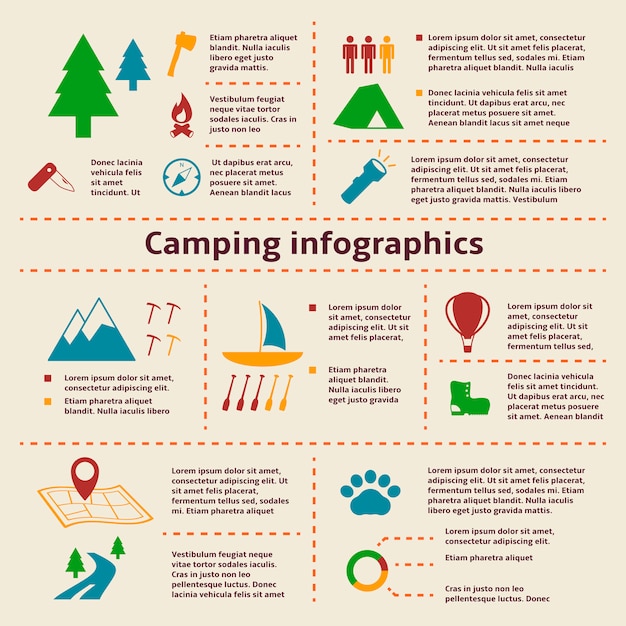Quick Tips To Successfully Sell Camping Tents Online
Quick Tips To Successfully Sell Camping Tents Online
Blog Article
Just How Vital Are Tent Footprints/Ground Cover?
Outdoor tents impacts are a great means to shield your outdoor tents flooring from abrasions and prolong its practical life. Almost all gear manufacturers supply their very own brand-specific impacts that are developed to match their particular tent versions.
How do you survive a tent in the winter?
This tailored technique offers simplicity of arrangement and reduces the threat of rainwater seeping in with the joints.
What are they?
Camping tent impacts (also referred to as outdoor tents ground sheets or under tent pads) supply a layer of protection between the base of your outdoor tents and the outdoor atmosphere. They shield your camping tent from sharp items, moisture, and rough surface areas.
Many outdoor tents manufacturers use their very own branded footprints made to fit seamlessly with their assigned sanctuary models. Nevertheless, these are normally expensive and relatively hefty contrasted to DIY options like Polycryo or Tyvek.
Footprints are commonly made from durable, water resistant products such as polyurethane, nylon or silnylon. For ultralight backpackers looking for to minimize pack weight, there are likewise light-weight, high-strength alternatives made from Cuben Fiber (Dyneema). It's important to select an impact that's a little smaller than your camping tent to stop rainwater from leaking down the sides of your sanctuary and channeling below you while you sleep-- no one wishes to awaken in a pool! An impact is a worthwhile addition to any type of outdoor camping journey. It aids ensure a long life expectancy for your outdoor tents while adding comfort and assurance.
Exactly how vital are they?
Outdoor tents footprints safeguard the base of your camping tent from abrasion and moisture, assisting to prolong its life expectancy. They're generally constructed from waterproof and dirt-resistant materials like polyethylene or a lightweight oxford polyester, though the denier of the material will differ (the greater the denier number, the thicker and burlier).
Most footprints are made to precisely match the shape of your camping tent's flooring, which assists lessen product waste. Lots of have grommets or loopholes whereby you can weave guylines for stress and risks, making sure that the impact is safely held back.
If you camp in rough terrain or areas where there's a lot of downed branches and sharp rocks, a tent footprint is well worth the added weight and bulk. Yet if you frequently camp in completely dry, sandy or rough problems, an impact might be excessive. A tarp is a much better choice in that case.
Do you typically pack one?
If you're camping on a really level surface area where rocks and sticks aren't a problem, a camping tent footprint probably isn't necessary. If you are in the backcountry with a great deal of harsh surface, an impact can make life a lot easier.
Footprints are typically sized slightly smaller sized than the base of the outdoor tents. That's since a bigger footprint would catch rain and channel it under the outdoor tents, where you can get up in a pool.
Nevertheless, footprints can be expensive and hefty if you acquire one from the manufacturer of your tent (the Big Agnes Tiger Wall surface UL 2 impact, as an example, sets you back $70 and evaluates six ounces). You can save money and weight by making your very own DIY footprint by reducing an item of Tyvek or other waterproof textile to the precise dimensions of your shelter. You can also add grommets for easy add-on. The primary benefit of an impact is that it assists to safeguard the floor of your backpacking outdoor tents from rough elements such as rocks and branches.
Exactly how do you keep them cleanse?
A maker's footprint can include considerable weight to your shelter system and if you're an ultralight backpacker attempting to save every ounce, it might not deserve it. Therefore, numerous backpackers will certainly utilize a DIY groundsheet that's constructed of something like Tyvek or Polycryo and cut it to dimension for their camping tent footprint.
This choice is relatively economical and will certainly protect your outdoor tents from wetness, rocks, thorns, sticks, and so on, while likewise helping to maintain the bottom of your camping tent dry.
If you do determine to buy an impact, make sure it's designed particularly for your specific outdoor tents as this will help in reducing water pooling around the sides of your shelter. For instance, if your tent impact is too big and expands past the edge of your home tents rainfly, it will certainly collect rains which can seep into lighter-weight camping tents and possibly wear down the floor. Make certain it fits your tent rather well to prevent this.
What's the difference between campsite and tent site?
